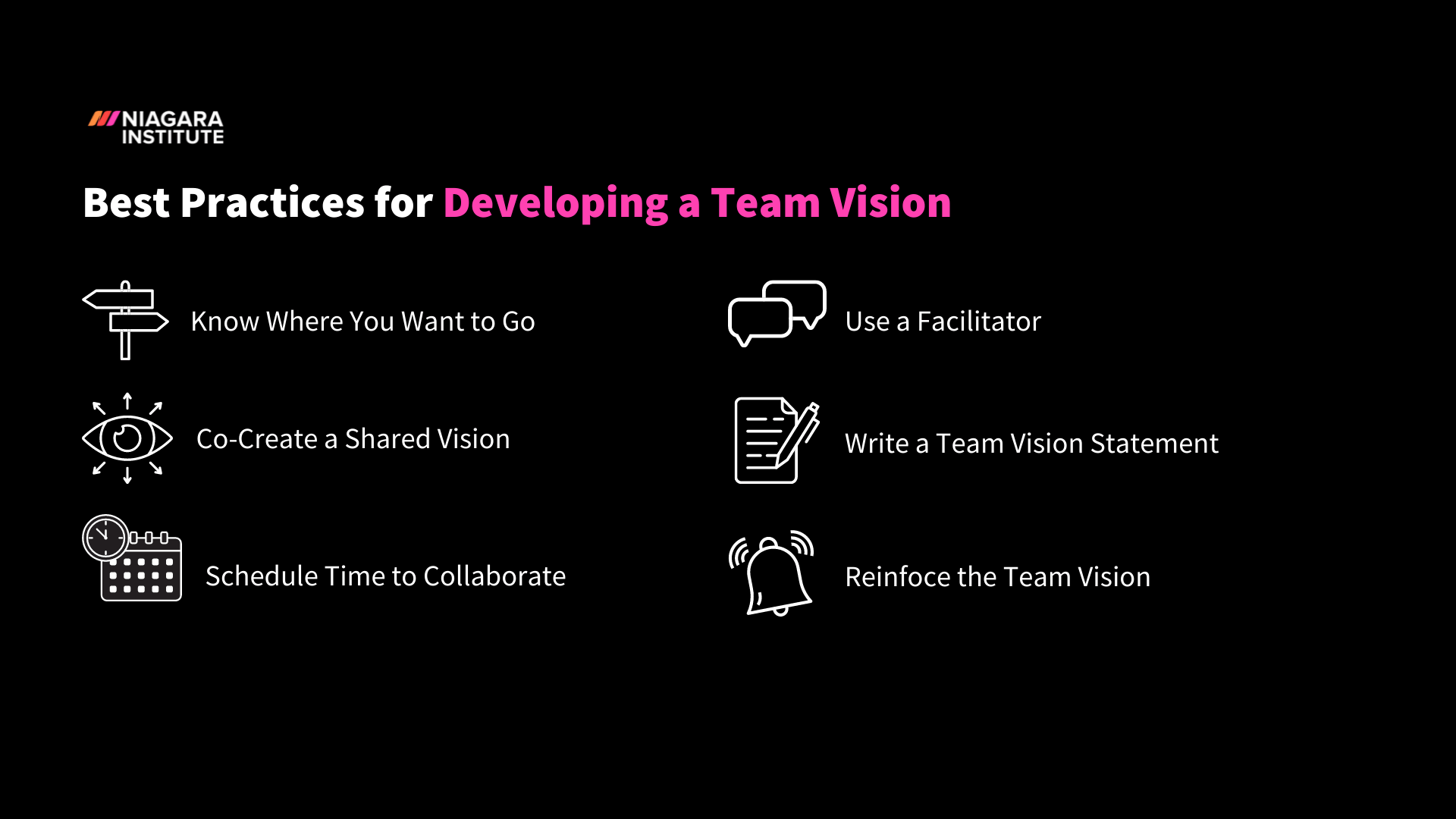6 min read
Creating Team Alignment: DIY Team Building Workshop
Leading a team can sometimes feel like herding feral cats when trying to get everyone focused on the same mission, aligned on priorities, and moving...

Finding meaning and purpose in the work you do and how it impacts your organization is incredibly important. There is a popular legend that when John F. Kennedy was touring NASA headquarters, he walked past a janitor and asked, “Why are you working so late?” The janitor responded, “Mr. President, I’m helping put a man on the moon.” Many case studies have been written on the impact of having every employee understand the purpose of their job and how their role was a success factor in achieving the vision of putting a man on the moon.
Research shows that when we see our role as more than just a list of tasks, but rather understand its greater purpose to the vision, we are more productive, more committed, and more engaged to see it through to the end. Your team is no different and is craving to find purpose in what they do. The World Economic Forum found that a sense of purpose in work is the second most important criterion for millennials considering a job, after salary. If you’re thinking about creating a vision for your own team, here is where you should start, along with six best practices to apply.
A team vision is a clear articulation of the future state you’re trying to achieve. It describes what you intend to be and how you’re going to make that future a reality. At a macro level, your organization’s vision statement is what you’re trying to achieve as a company, whereas a team vision, embraces the company vision while taking it to a micro-level of how your team is going to contribute to the larger vision.
Your vision can be a longer, more descriptive narrative of where you are and where you’re going. On the other hand, a team vision statement is a condensed version, like a rallying cry. In a matter of a few sentences, your team vision statement summarizes the purpose of your team and answers the question of what you aspire to do.
A team vision provides clear direction for your team. It paints a picture of the future state you’re trying to achieve and the benefits of doing so. The team vision is so compelling and clear that it inspires team members’ contributions, not because it is their job, but because they believe in where they’re going.
The ability to visualize and clearly articulate a possible future state is a vital part of effective leadership. Your vision should be so clear that your team could carry on with it even if you were no longer their leader. Not only should the vision be clear, but it should be powerful enough that team members feel invested in seeing the vision to fruition no matter who's in charge.
No matter how bought in your team is to the vision, stating it once and moving on will not get you there. Your vision needs to be continually reinforced. You should remind your team what you’re trying to achieve and that future state you're working towards frequently. This requires ongoing communication across multiple channels. In your staff meetings, through email, videos, collaboration platforms, and in your individual one-on-one meetings with each employee.

When it comes time to create a team vision there are a few recommended best practices to follow, which are as follows.
By taking the intentional time to develop a shared team vision, you are establishing a purpose for your team, the direction on what you’re working towards, and the inspiration on why it is worth achieving. To ensure the team vision sticks, continually remind your team of the vision, lead by example by using the vision to guide your own actions and decisions, and hold each other accountable for reaching your goals.
.png)
6 min read
Leading a team can sometimes feel like herding feral cats when trying to get everyone focused on the same mission, aligned on priorities, and moving...

5 min read
Different employees have different expectations of their leader. Some want a leader who gets to know them on a personal level or checks in with them...
.png)
7 min read
Everyone new to leading a team, whether you're a first-time manager, supervisor, or project lead, will experience a learning curve. Going from...